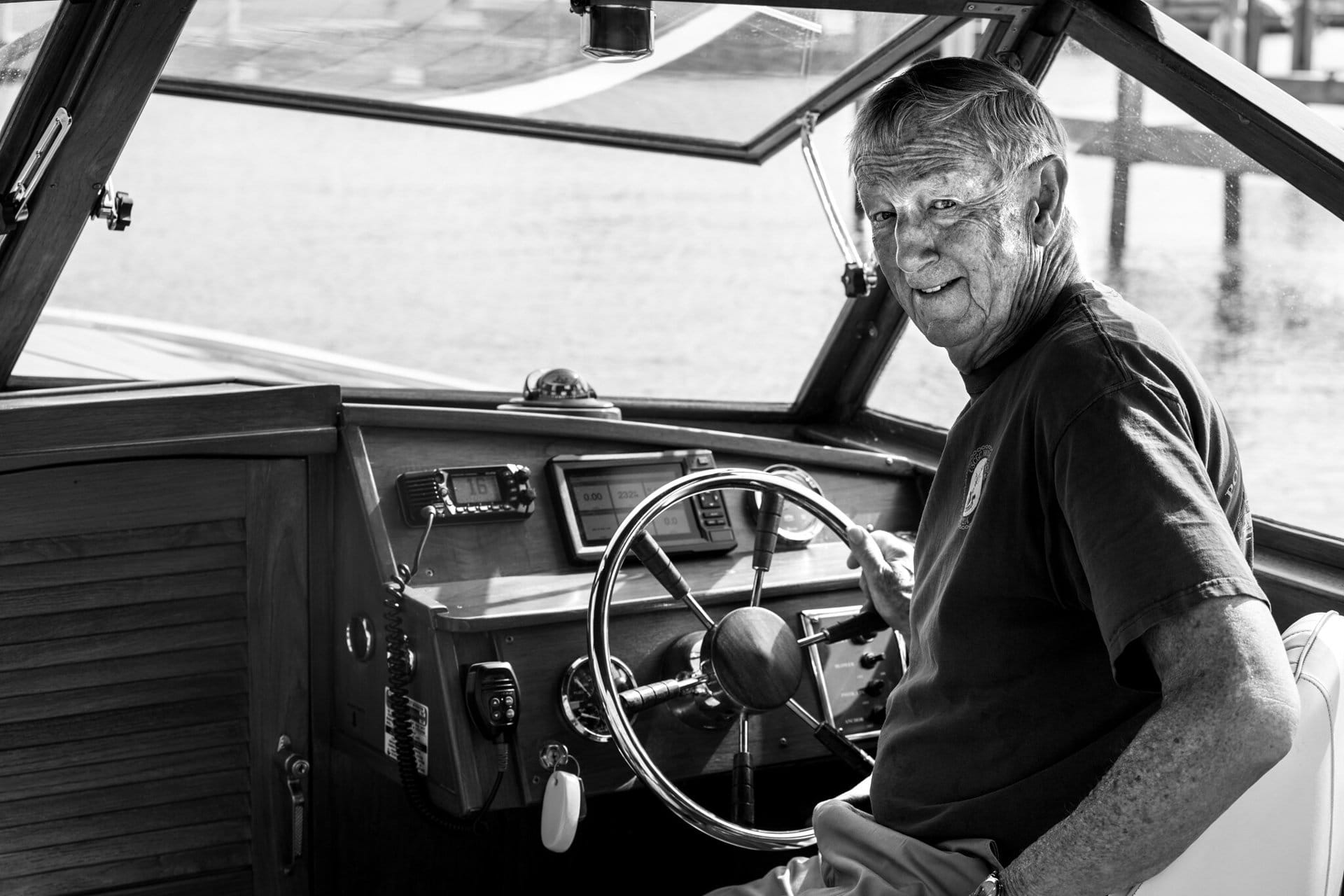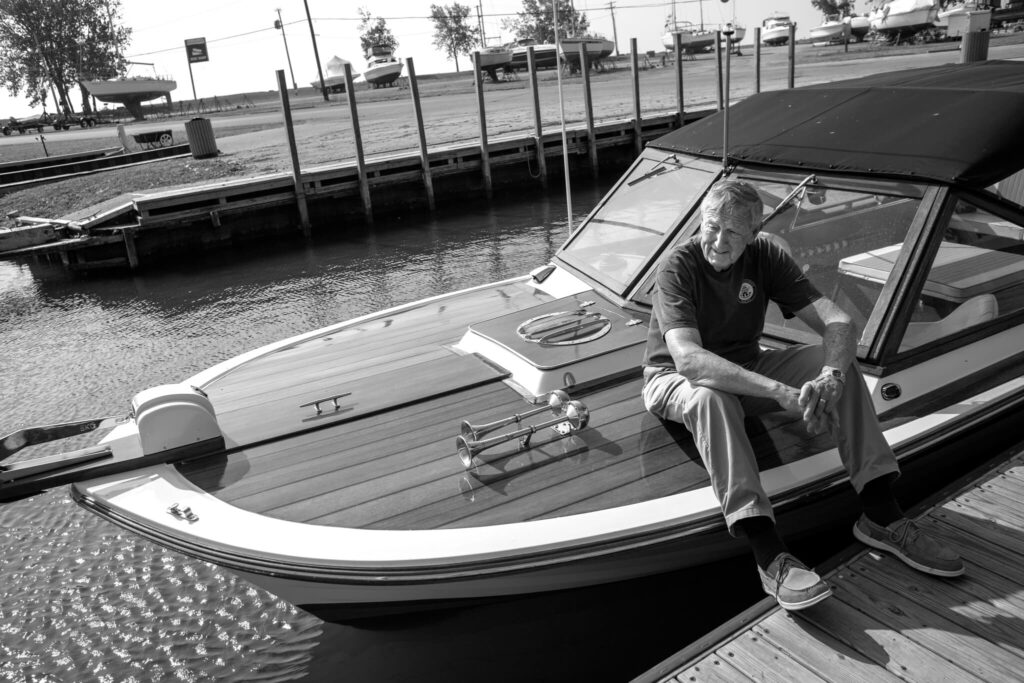
Advancing occupational biomechanics and industrial ergonomics
NAE profile: Don B. Chaffin, industrial and operations engineering

NAE profile: Don B. Chaffin, industrial and operations engineering
Get to know Michigan Engineering’s National Academy of Engineering members.
Dr. Don B. Chaffin, Richard G. Snyder Distinguished University Professor Emeritus, pioneered the field of ergonomics by integrating engineering, psychology, and biomechanics to improve human-system interactions. He identified workplace issues that lead to injury and defects, like distraction, fatigue, and confusion, and his research has made workplaces more safe and productive.
Often called the “Father of Occupational Biomechanics,” his work focuses on applying ergonomic principles, now commonplace in industry, to workplaces. In 1979, he founded the University of Michigan’s Center for Ergonomics, during his tenure as department chair. For these achievements, Don B. Chaffin was elected to the National Academy of Engineering in 1994. Read the NAE citation.
Chaffin, a pioneer in occupational biomechanics, improved industrial safety and ergonomics. He transitioned from GM engineer to academia, established the University of Michigan’s Center for Ergonomics, and helped to reduced workplace injuries.
More on Don Chaffin

Chaffin: I was raised in Sandusky, Ohio, which is right on Lake Erie. And because of that, I always had an interest in boats. I attended General Motors Institute, which is now Kettering University up in Flint, Michigan. And General Motors had a large plant in Sandusky, Ohio, which is the plant that I could opt out of. Every eight weeks we would work in the plant and then eight weeks we would be in Flint, Michigan, in school. I continued after graduation and got my bachelor’s degree in industrial operations engineering.
I continued working in that plant as a quality control engineer. At the end of three years of working there I was the head of the metrology laboratory, which maintained all the measurement equipment for the plant for quality purposes. While working there, I also drove up to the University of Toledo, where I picked up a master’s degree in industrial engineering.
Chaffin: Understand some technology at depth so you can really influence the development of that particular technology and society. By understanding it, I mean understanding how that legally and economically and socially works. And to do that legally, socially and economically, you need to reach out of engineering. So my advice is to pursue a master’s degree and take advantage of a large, wonderful university like we have here and try to understand how the social, economic and legal environments impact technology and how it’s developing.
Chaffin: In 1980, automotive companies in the United States were having a hard time because the Japanese companies knew how to design cars better and with higher quality. Because of that, Ford Motor Company felt that they needed to know more about ergonomics, both from the standpoint of designing their vehicles, but also their workplace.
Chaffin: The curriculum is challenged right now in engineering. There is just so much new technology that’s developing. So it’s very hard. The challenge is doing an adequate job in teaching engineering in four years. The National Academy many years ago said the terminal degree for engineers should be a five year degree, a master’s degree. And I agree with that. That’s why our traineeship program is always focused on the master’s program list.
So it’s that kind of challenge we’re talking about. We’re talking about the whole philosophy of engineering where most employers are very happy just hiring a person with a baccalaureate degree in engineering. With a master’s degree, often there are more electives and the person can become a much more rounded person. And so I’ve always emphasized that challenge of trying to build that master’s program.
Quotes edited from interview transcript between Don Chaffin and Marcin Szczepanski.